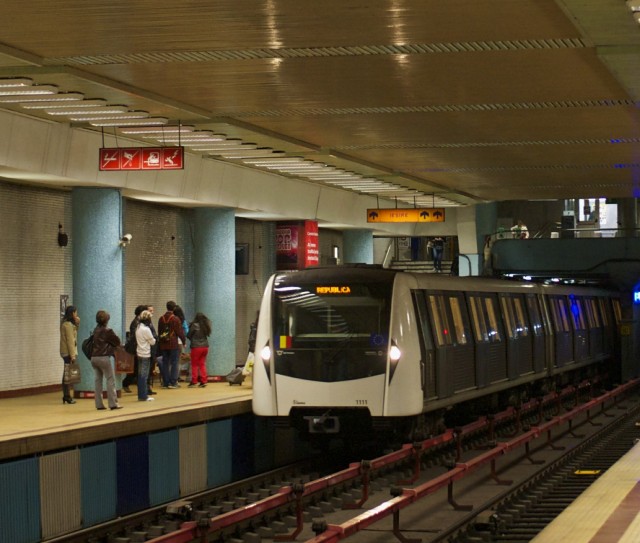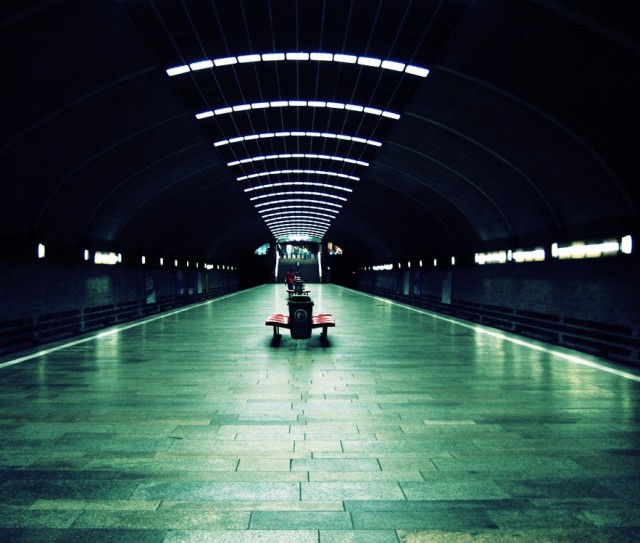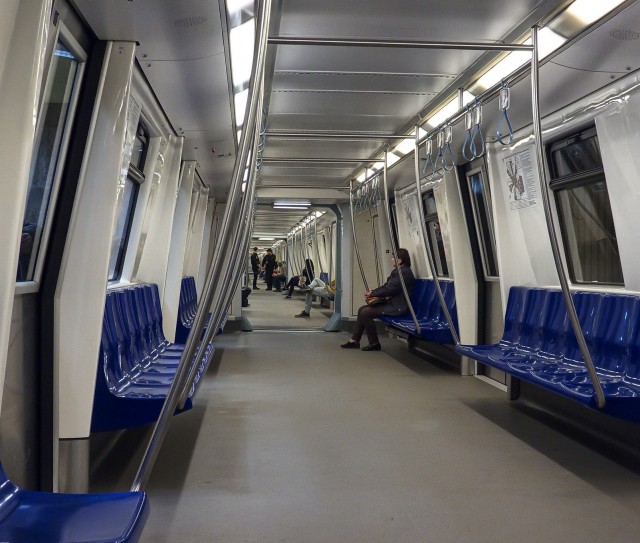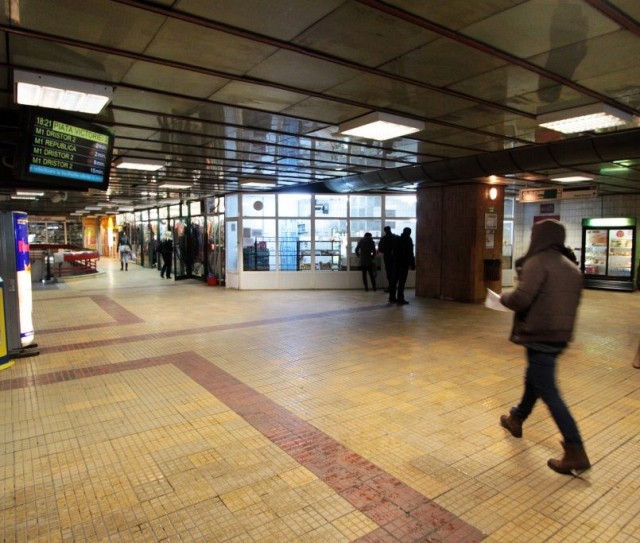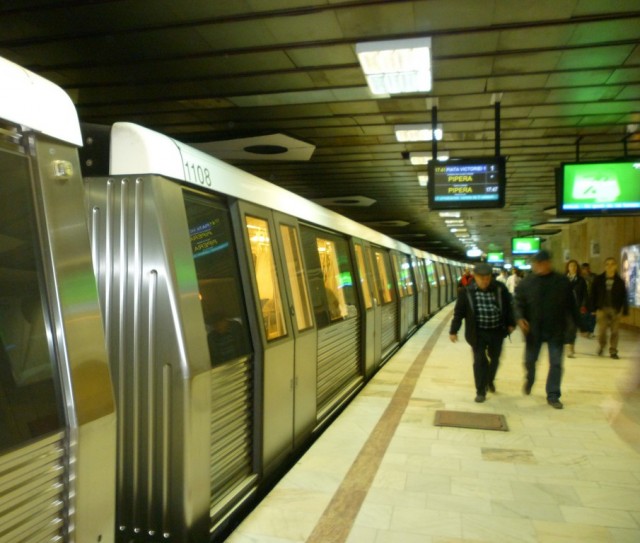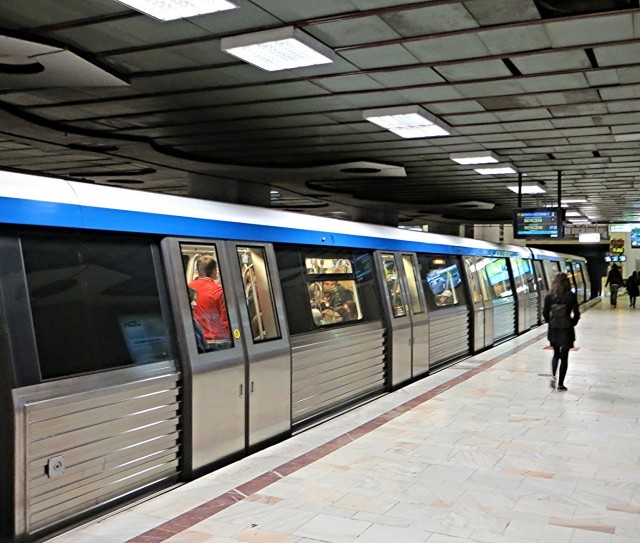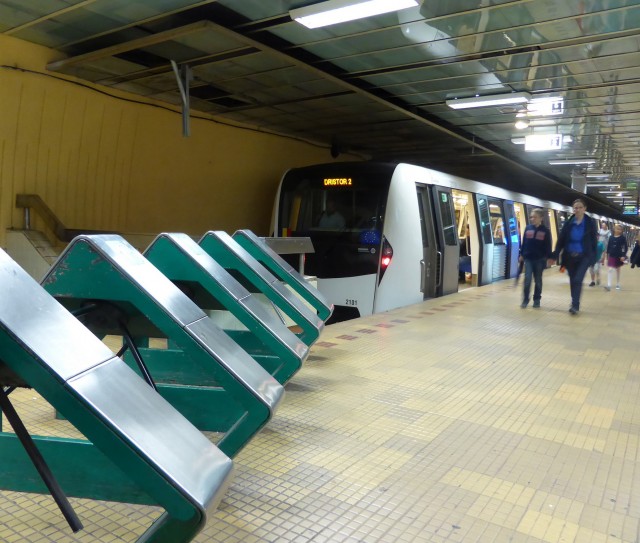Info
Bucharest Metro is a relatively young metro in Europe, opened in 1979 with the aim of improving the transport system of the Romanian capital. Plans for the construction of the Bucharest metro appeared in the late 30s of the 20th century, but the Second World War intervened. Only forty years later, after the political and economic situation had stabilized, the first section of the metro was opened. The line was laid along the Dambovita River, connecting the center of Bucharest with Lake Moria.
Today, the Bucharest metro consists of five lines, most of which run underground and cover a large part of the city. The metro is the fastest and most convenient form of public transport, close to which are the main attractions of Bucharest: the Palace of Parliament (Palatul Parlamentului), the National Historical Museum of Romania (Muzeul Național de Istorie a României), the Botanical Garden (Grădina Botanică din Bucureşti), the Cotroceni Palace ( Palatul Cotroceni). You can also take the metro to the main Northern railway station (Gara de Nord), and from there take a bus or train to Bucharest Henri Coandă International Airport (Aeroportul Internaţional Henri Coandă).
The Bucharest Metro is operated by the transport company Metrorex. Buses, trams and trolleybuses are owned by RATB, so the metro ticket is not valid on land-based public transport.
Entrances to the Bucharest Metro are marked with discreet signs. Most of them are equipped with lifts for people with disabilities. The inside of Bucharest's metro stations is a bit gloomy, with a very simple and neat design that emphasizes convenience rather than appearance. Trains run both modern and quite old. There are no partitions between the cars, which allows passengers to be evenly distributed throughout the train. The doors to the carriage open automatically.
Lines
The Bucharest Metro network comprises five lines, each identified by a distinct color and number: M1 (yellow), M2 (blue), M3 (red), M4 (green), and M5 (orange). Notably, the Yellow Line operates as a circular route, with Dristor 1 station serving both the M1 and M3 lines, while Dristor 2 station marks the endpoint for the M1 line. Covering a total track length of 70 kilometers, the Bucharest Metro efficiently connects commuters through its 63 strategically positioned stations. Operating hours for the Bucharest Metro are from 5:00 AM to 11:00 PM, offering convenient transportation options throughout the day.
Fare
The Bucharest Metro system utilizes magnetic cards as the primary mode of travel payment. These cards grant access to a specified number of trips or unlimited travel within a defined timeframe. Ticket pricing is as follows: 1 trip - 3 RON, 2 trips - 6 RON, 10 trips - 25 RON,
24-hour pass - 8 RON, 72-hour pass - 20 RON, Weekly pass - 30 RON. It's important to note that Metro tickets are exclusively valid for travel within the Bucharest Metro system and are not applicable for other surface public transportation in Bucharest.
Ticketing
Tickets for the Bucharest Metro can be conveniently obtained from ticket offices and vending machines situated at Bucharest metro stations. Alternatively, travelers can make payments using a bank card or a mobile phone equipped with contactless payment capabilities at dedicated turnstiles bearing the appropriate symbols. Access to the platform is granted through the use of turnstiles.
 English
English Deutsch
Deutsch Français
Français Italiano
Italiano Español
Español Português
Português Русский
Русский Українська
Українська Polski
Polski Čeština
Čeština Ελληνικά
Ελληνικά Türkçe
Türkçe Tiếng Việt
Tiếng Việt ไทย
ไทย 日本語
日本語 中文
中文 한국어
한국어